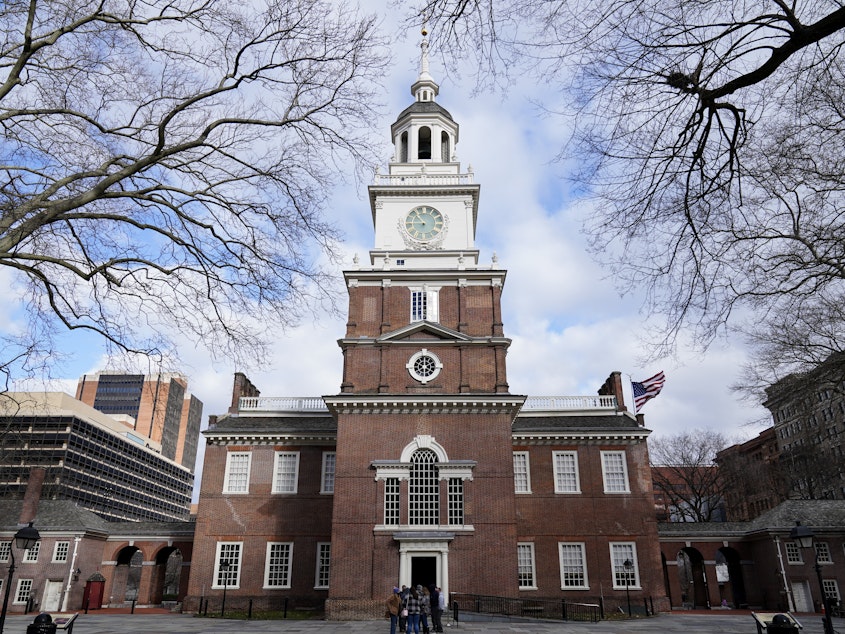Fossil fuels are banned from federal buildings in a new rule

Fossil fuels will be banned from new and remodeled federal buildings under a rule finalized by the Department of Energy this week.
The rule stems from the Energy Independence and Security Act of 2007 (EISA). Section 433 of that law says new federal buildings and those undergoing major renovations have to phase out "fossil fuel-generated energy consumption" by 2030. But that provision never went into effect because the Energy Department failed to finalize regulations, until now.
"Just as we are helping households and businesses across the nation save money by saving energy, we are doing the same in our own federal buildings," said Energy Secretary Jennifer Granholm in a statement announcing the final rule.
Commercial and residential buildings accounted for 13% of direct greenhouse gas emissions in 2022, most of that from burning natural gas for heating and cooking, according to the Environmental Protection Agency. That's why the favored solution these days is electrification – switching from burning gas in buildings to cleaner forms of electricity generated by power plants, such as wind and solar.
Without rules to implement the law that would get rid of gas-fired appliances, there are federal buildings still installing them. At Independence Hall in Philadelphia, where the Declaration of Independence and U.S. Constitution were signed, the National Park Service plans to disconnect from a city-wide steam loop that heats buildings and switch instead to gas-fired boilers.
Sponsored
The new rule doesn't apply to projects already underway like the one at Independence Hall, and the Park Service says its project "passed all legal and contracting requirements."
Section 433 of EISA was supposed to help speed along the electrification of federal sites. The American Institute of Architects (AIA) led the effort to include the language in the 2007 legislation. The thinking was that the government should lead the way to advance technologies and bring down the costs of climate-friendly measures for everyone.
"I think it's really important to lead by example. And the General Services Administration, the GSA, is the largest property owner and manager [in the country]," Julie Hiromoto, principal at Dallas-based HKS and a member of AIA, told NPR in 2023.
The Energy Department was supposed to implement this rule within a year of the 2007 law being enacted. A combination of factors delayed the rule for years, most notably opposition from natural gas utilities that faced the likelihood of losing business.
The American Gas Association, which represents utilities, criticized the final rule, calling it "expensive and counterproductive."
Sponsored
"Unfortunately, this rule will raise costs on taxpayers to operate our federal government without any guarantee of real environmental gain," Karen Harbert, AGA president and chief executive officer wrote in a statement.
But the Energy Department analyzed those questions as part of the rulemaking process, and found that the rule will reduce infrastructure costs. Buildings without gas hookups can be cheaper because it's not necessary to install gas equipment.
Over three decades the department estimates "the new rule will reduce carbon emissions from federal buildings by 2 million metric tons and methane emissions by 16 thousand tons—an amount roughly equivalent to the emissions generated by nearly 310,000 homes in one year." [Copyright 2024 NPR]



